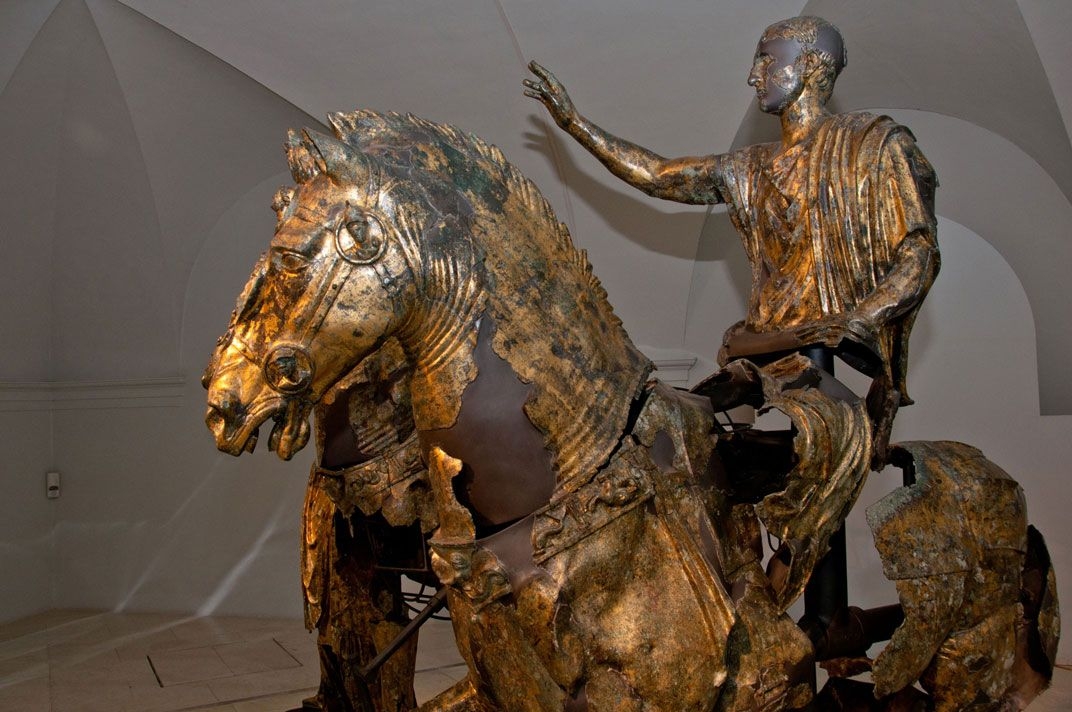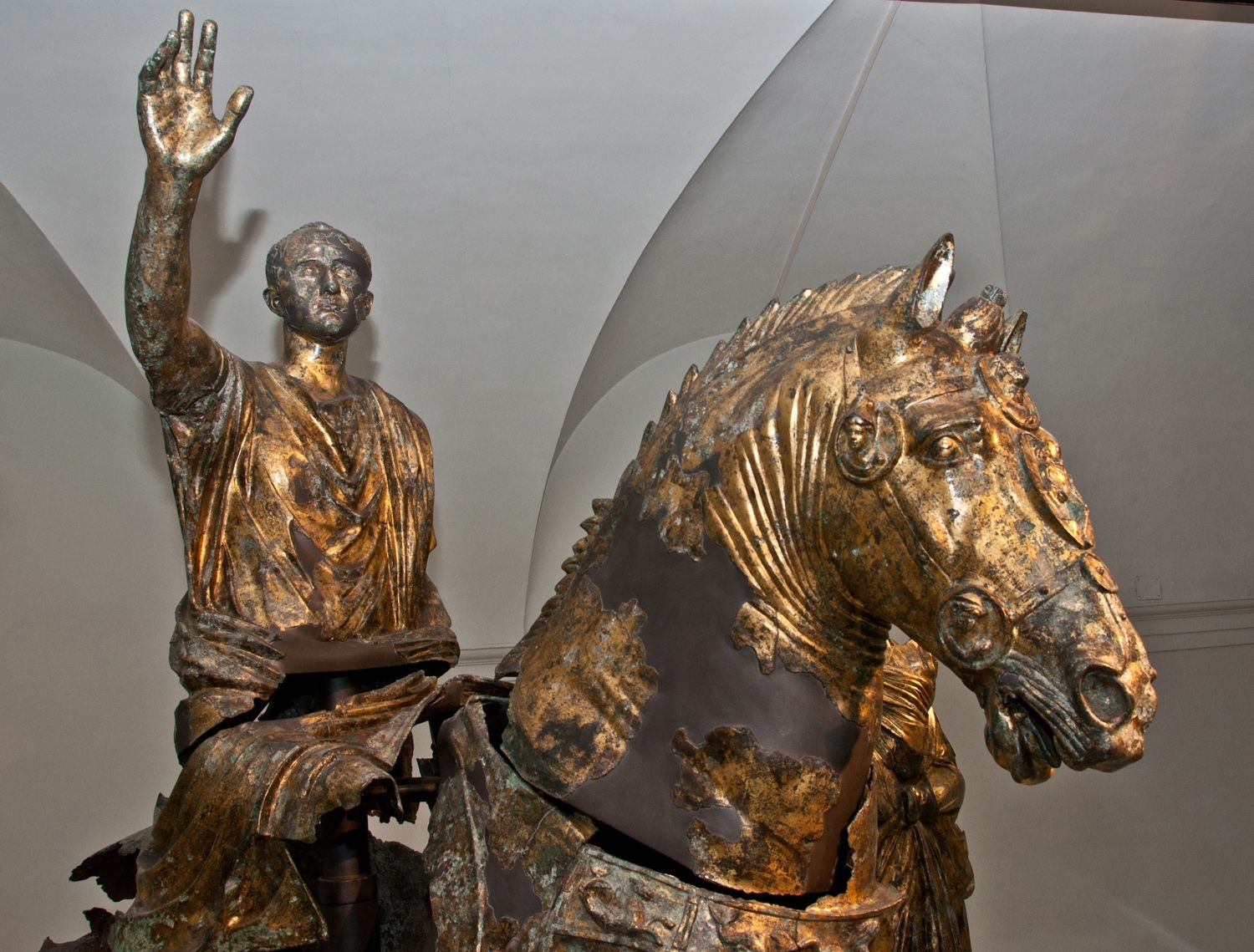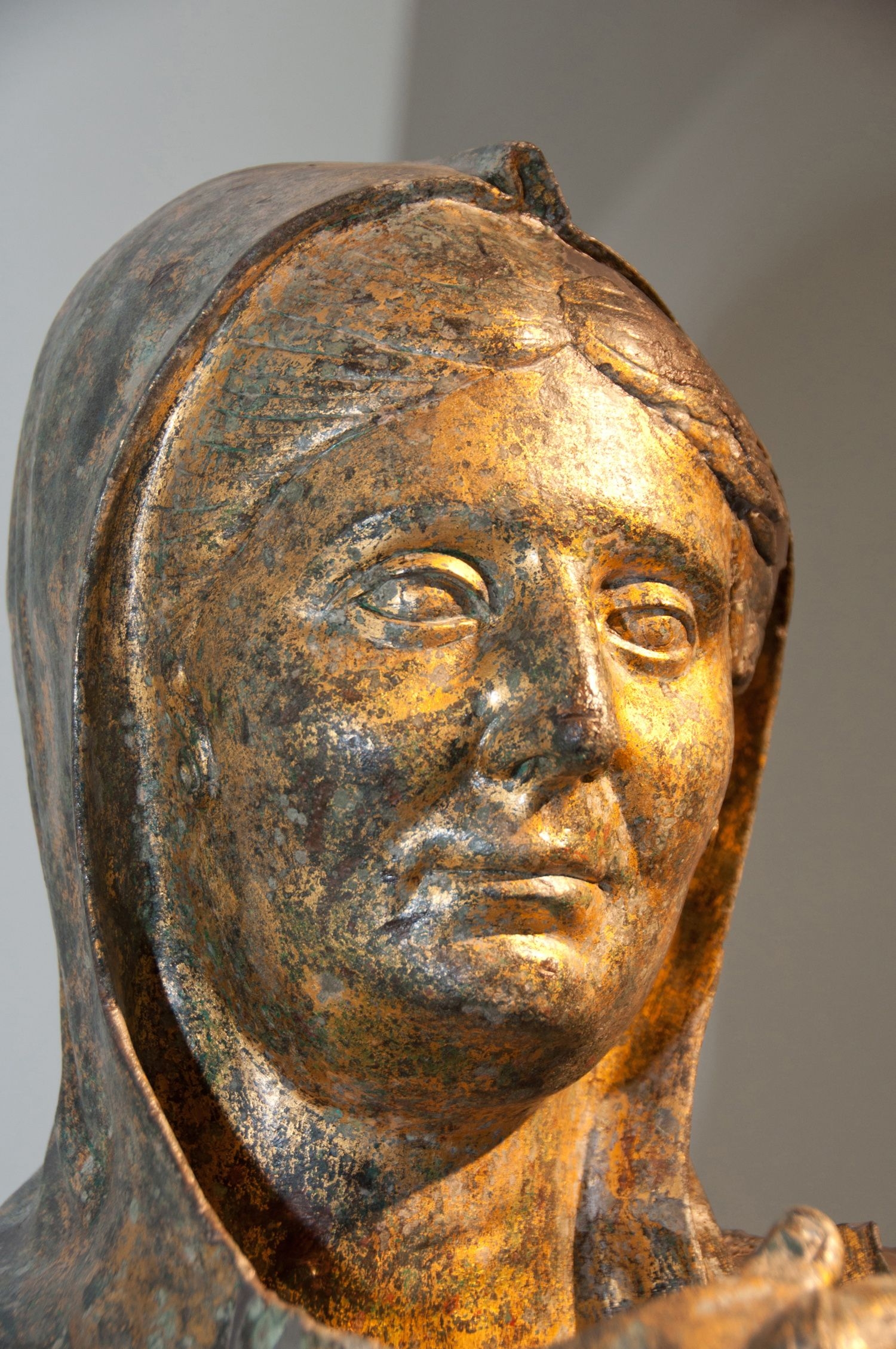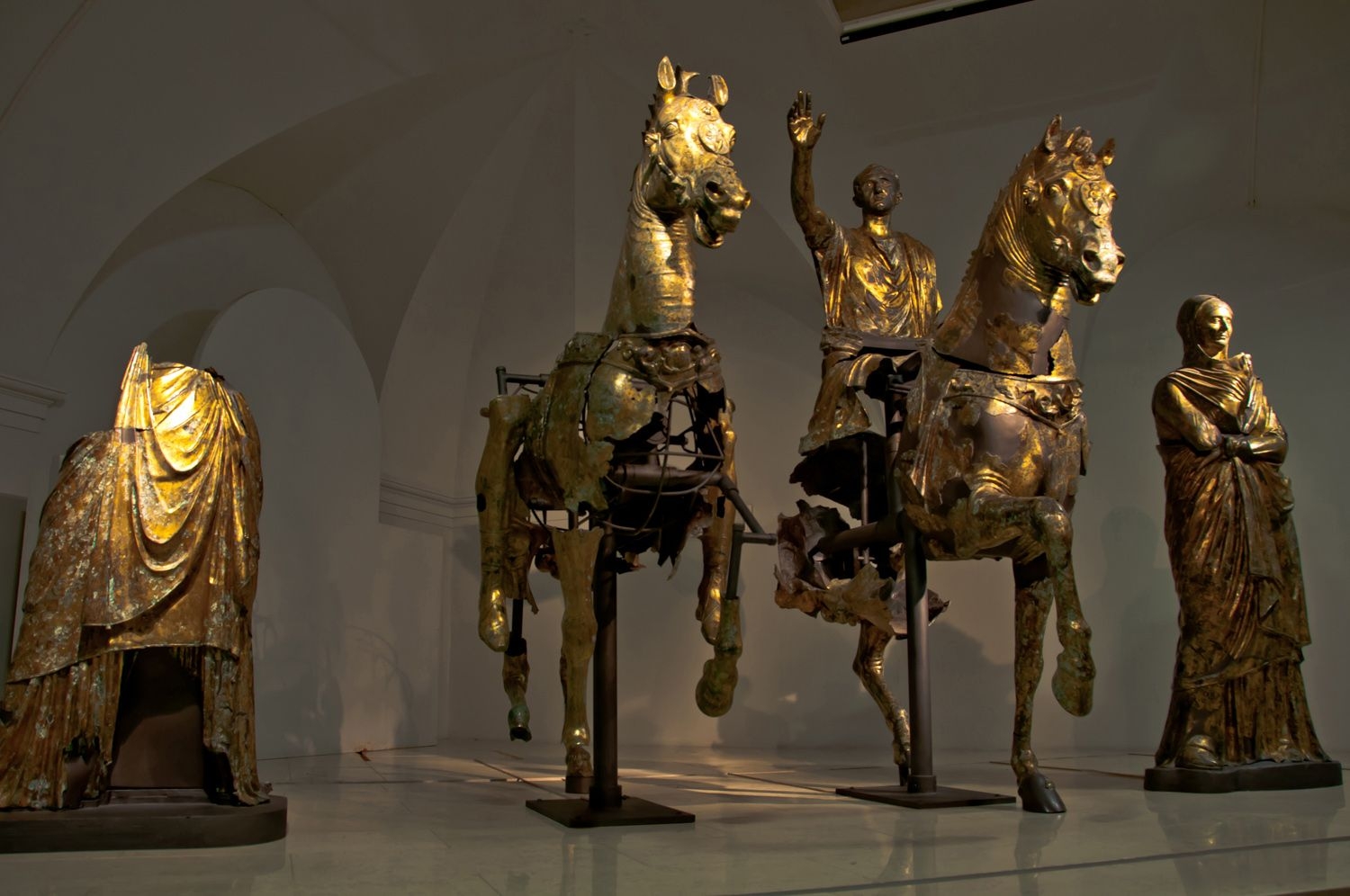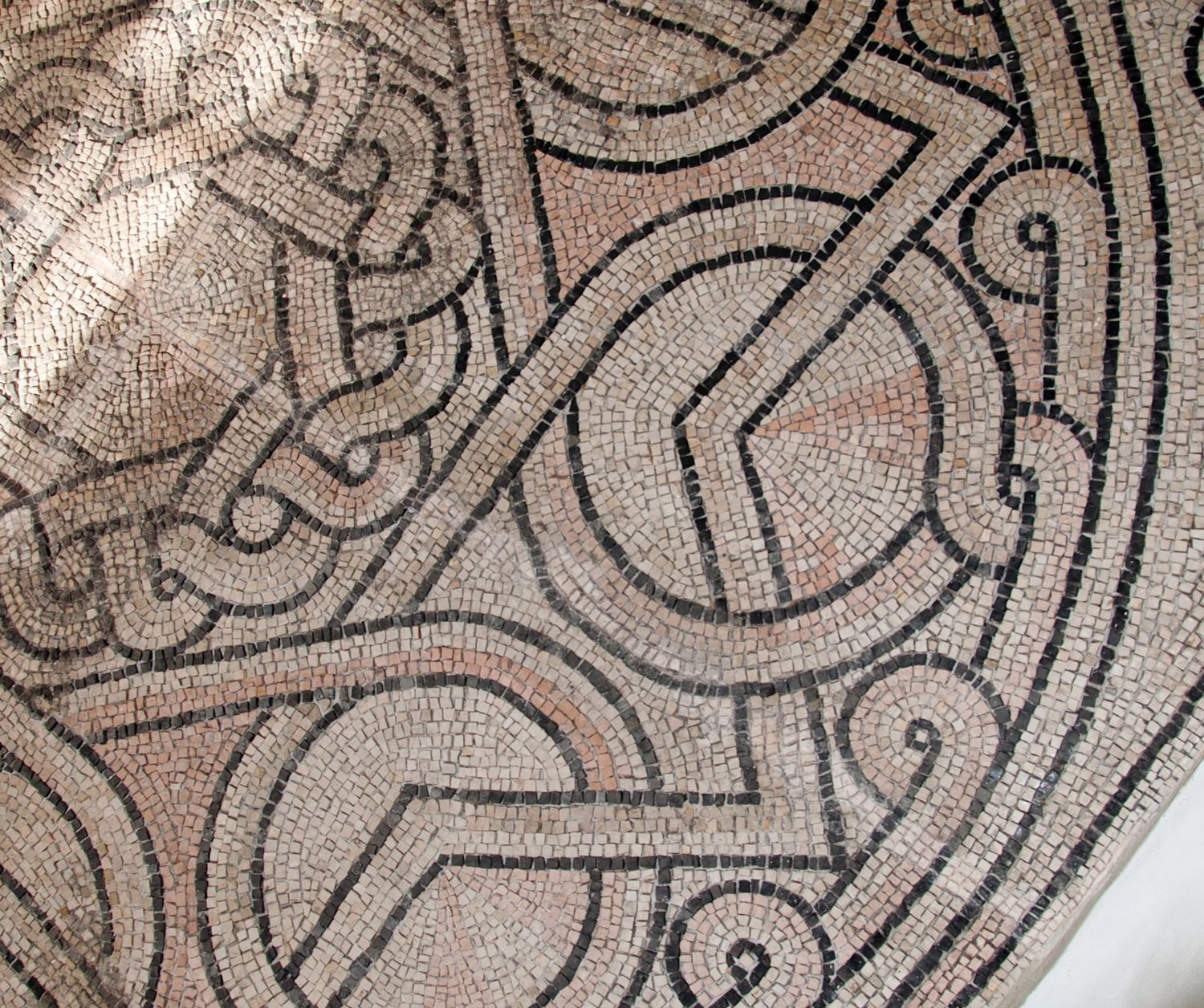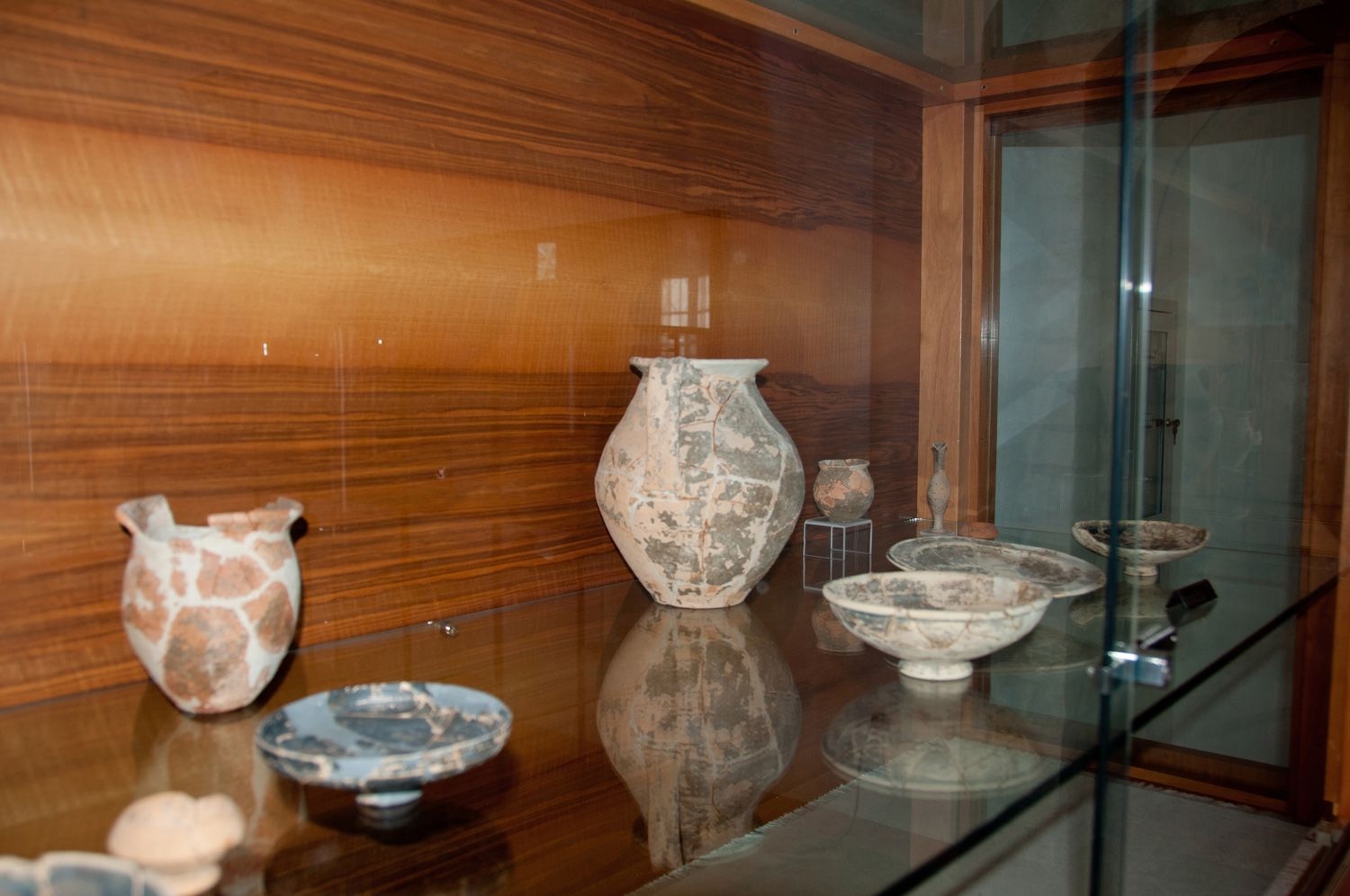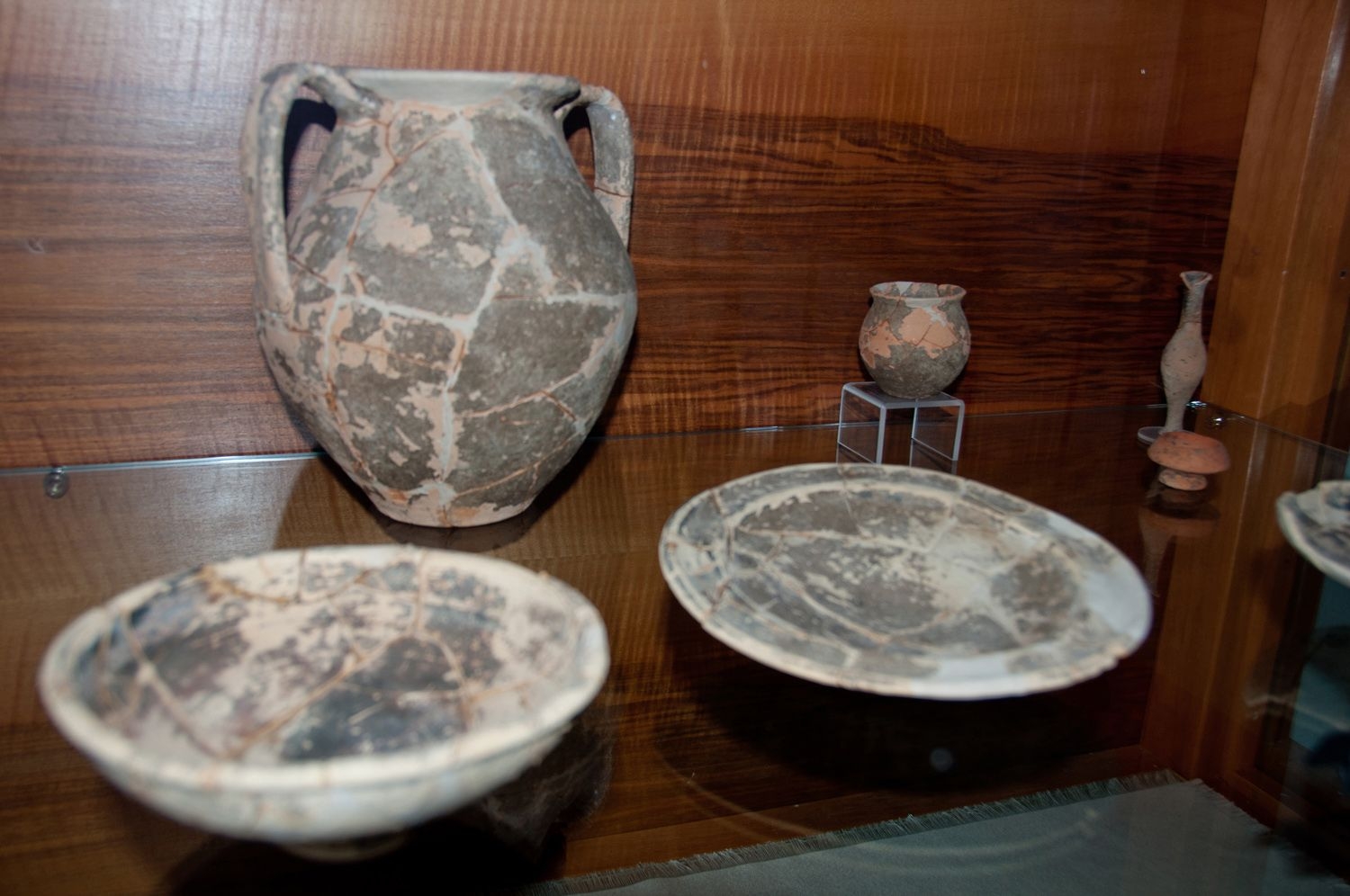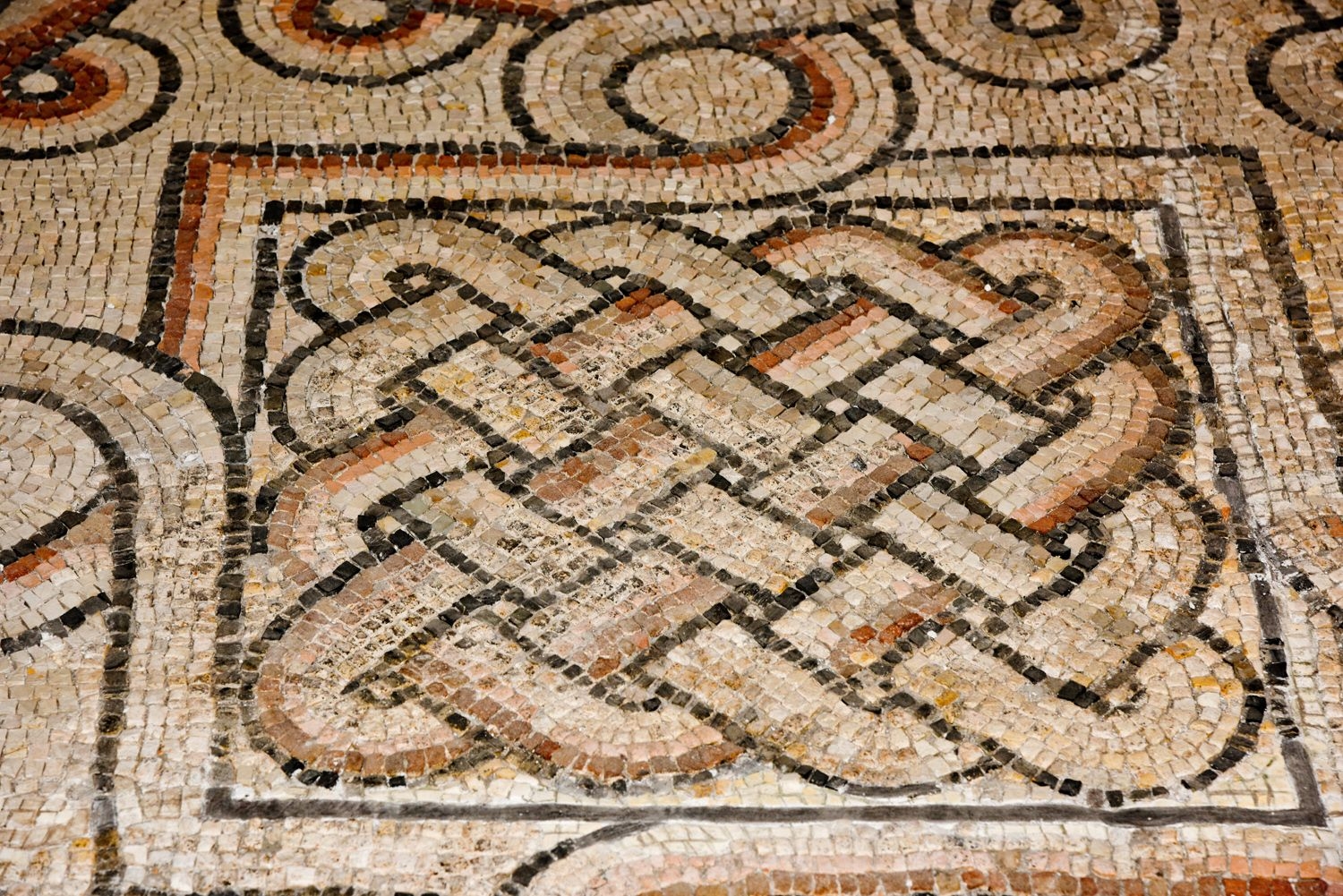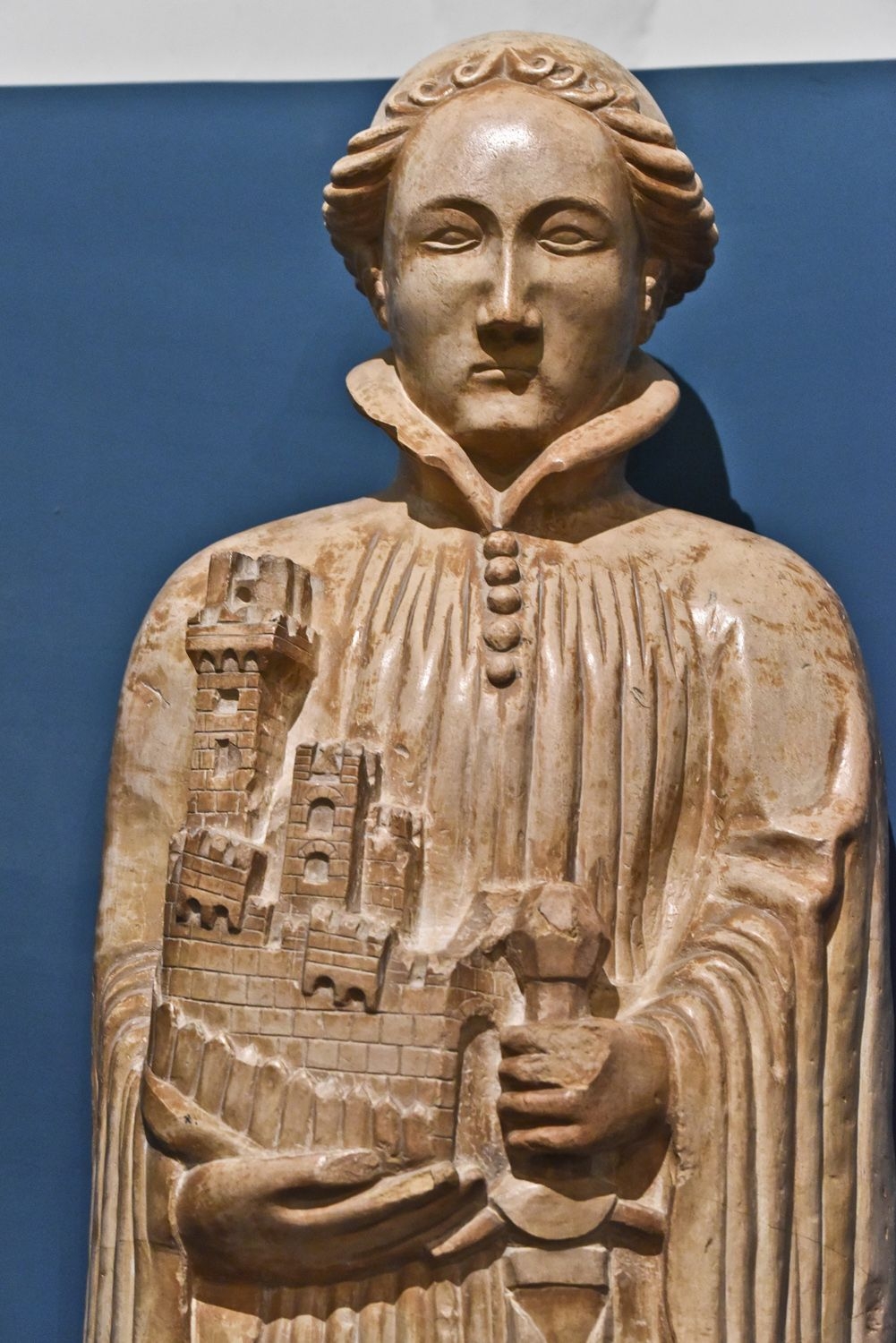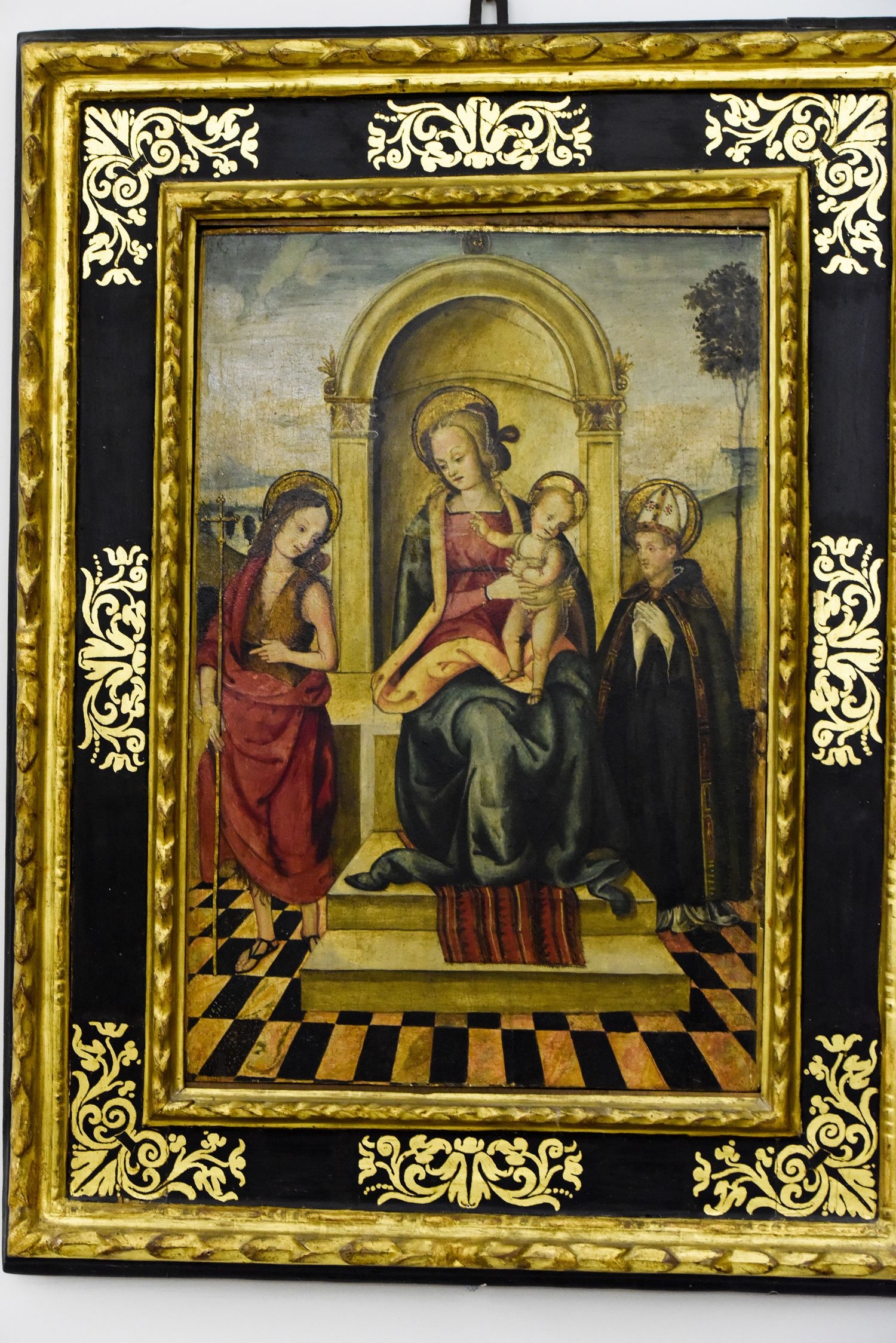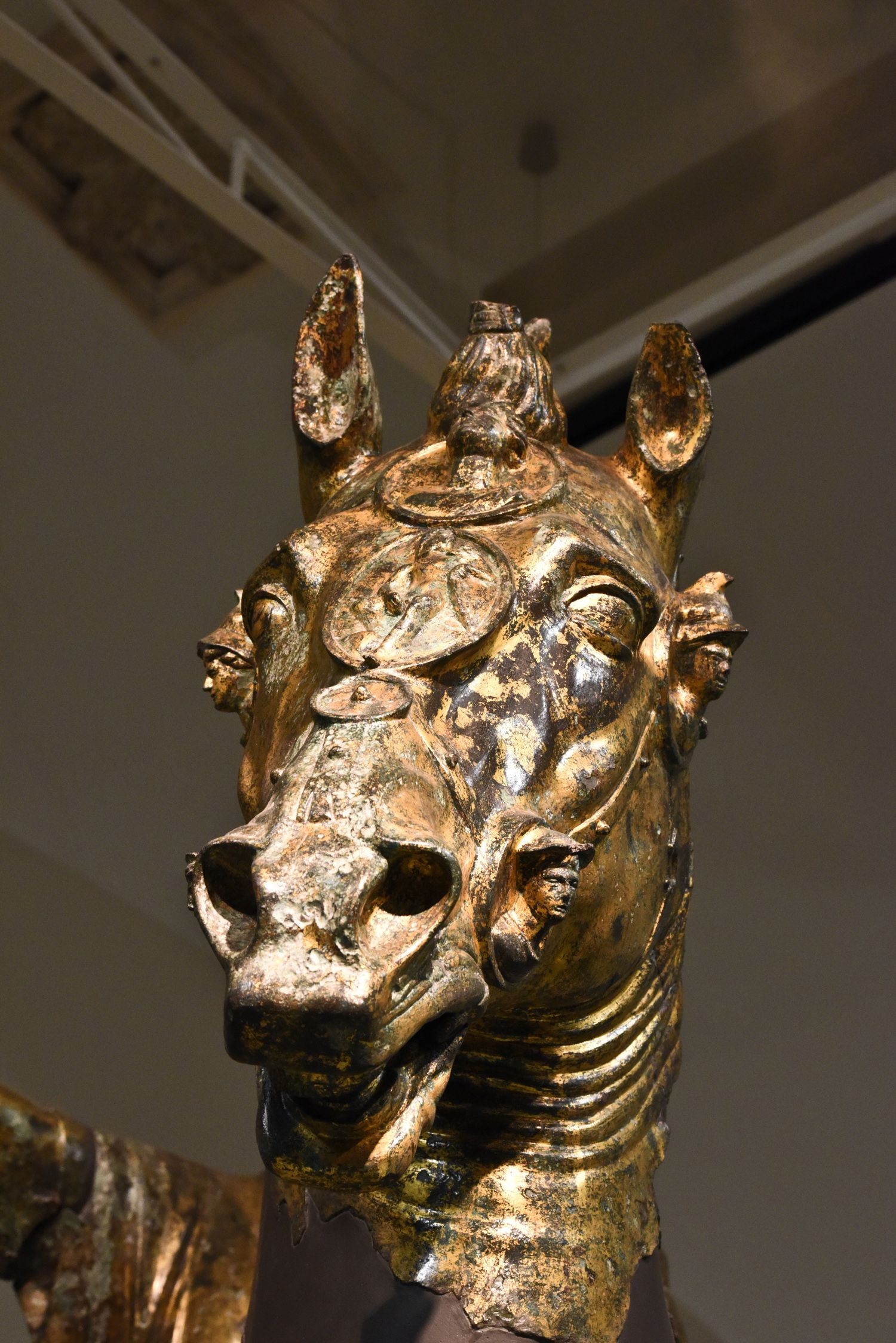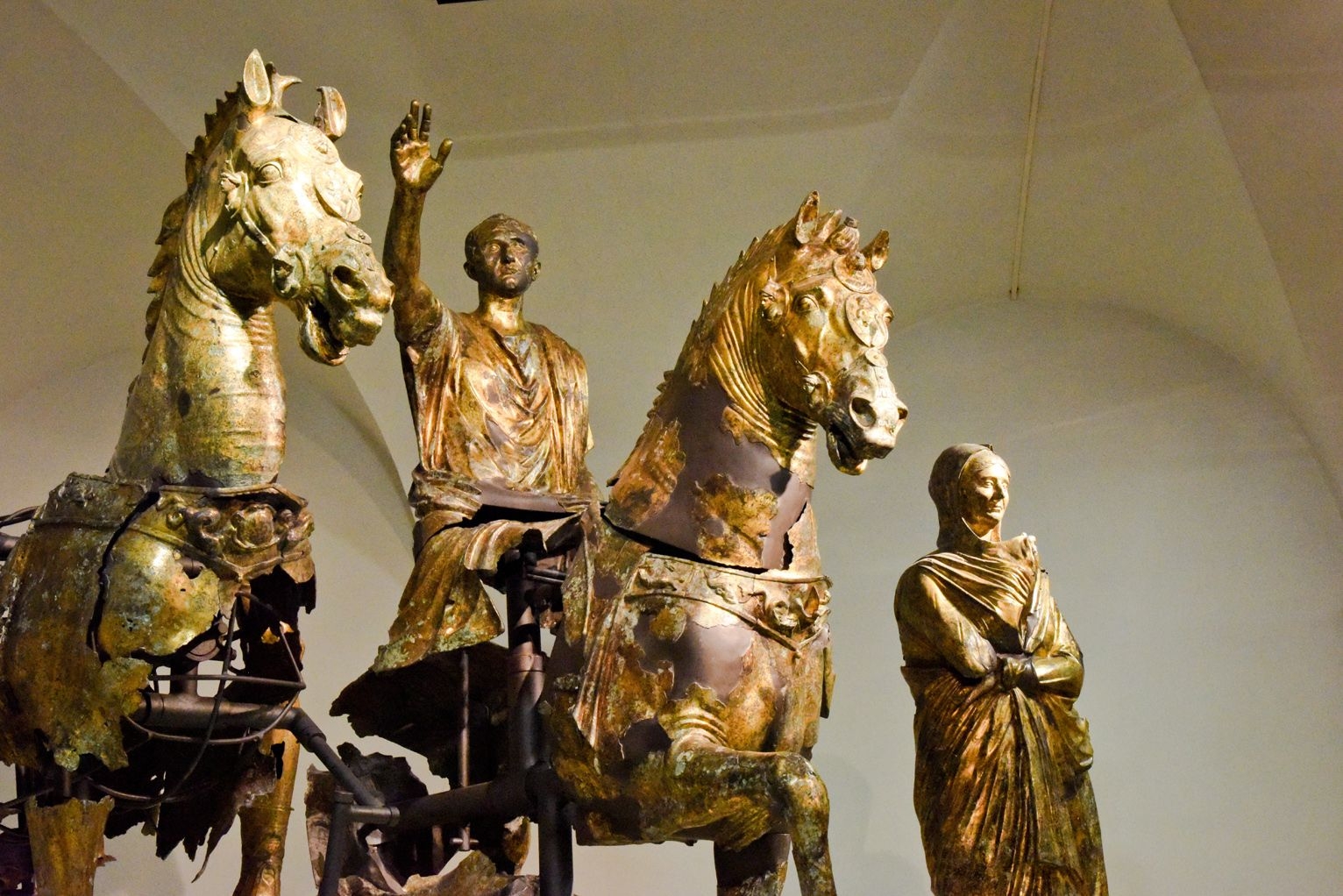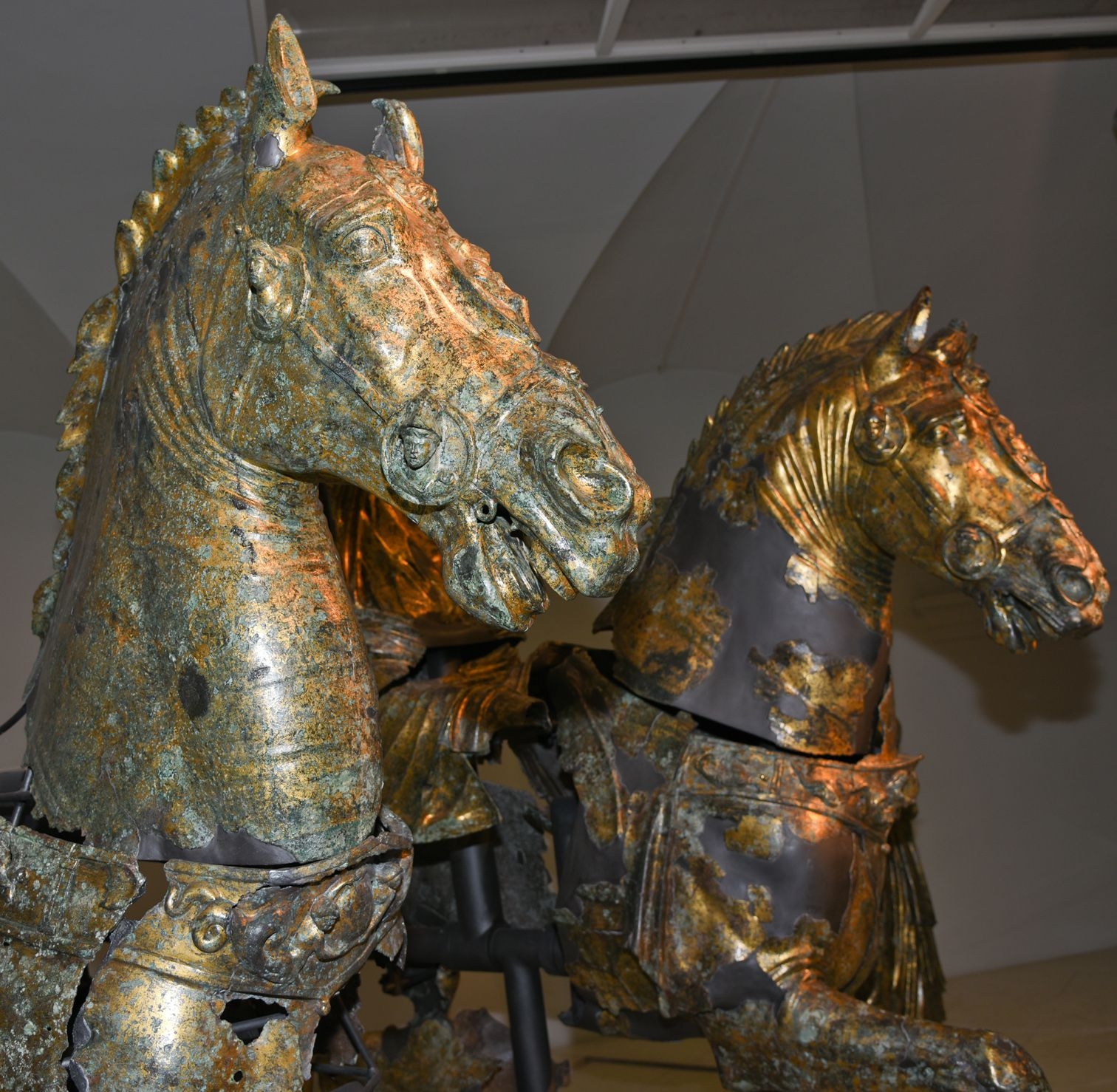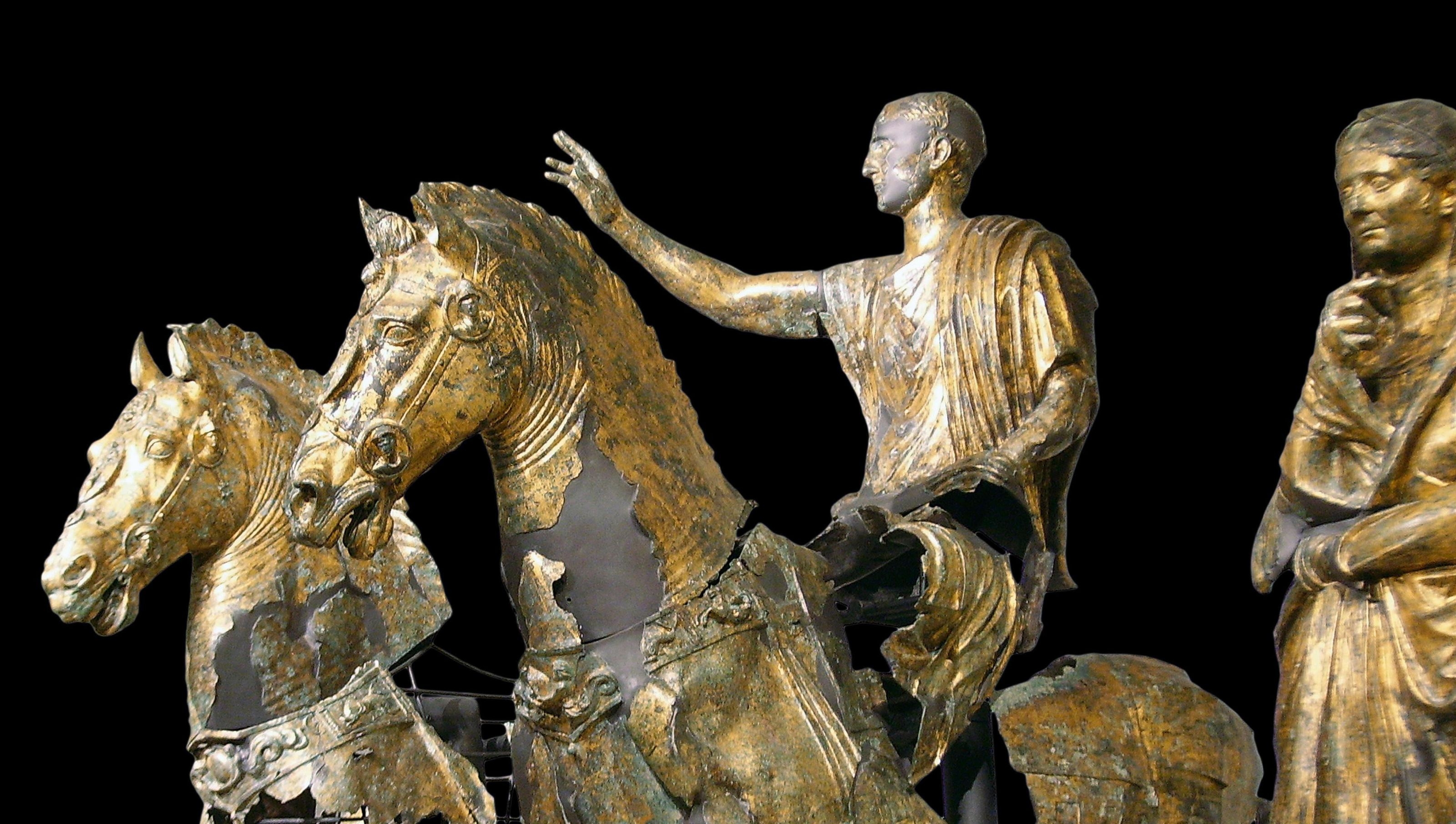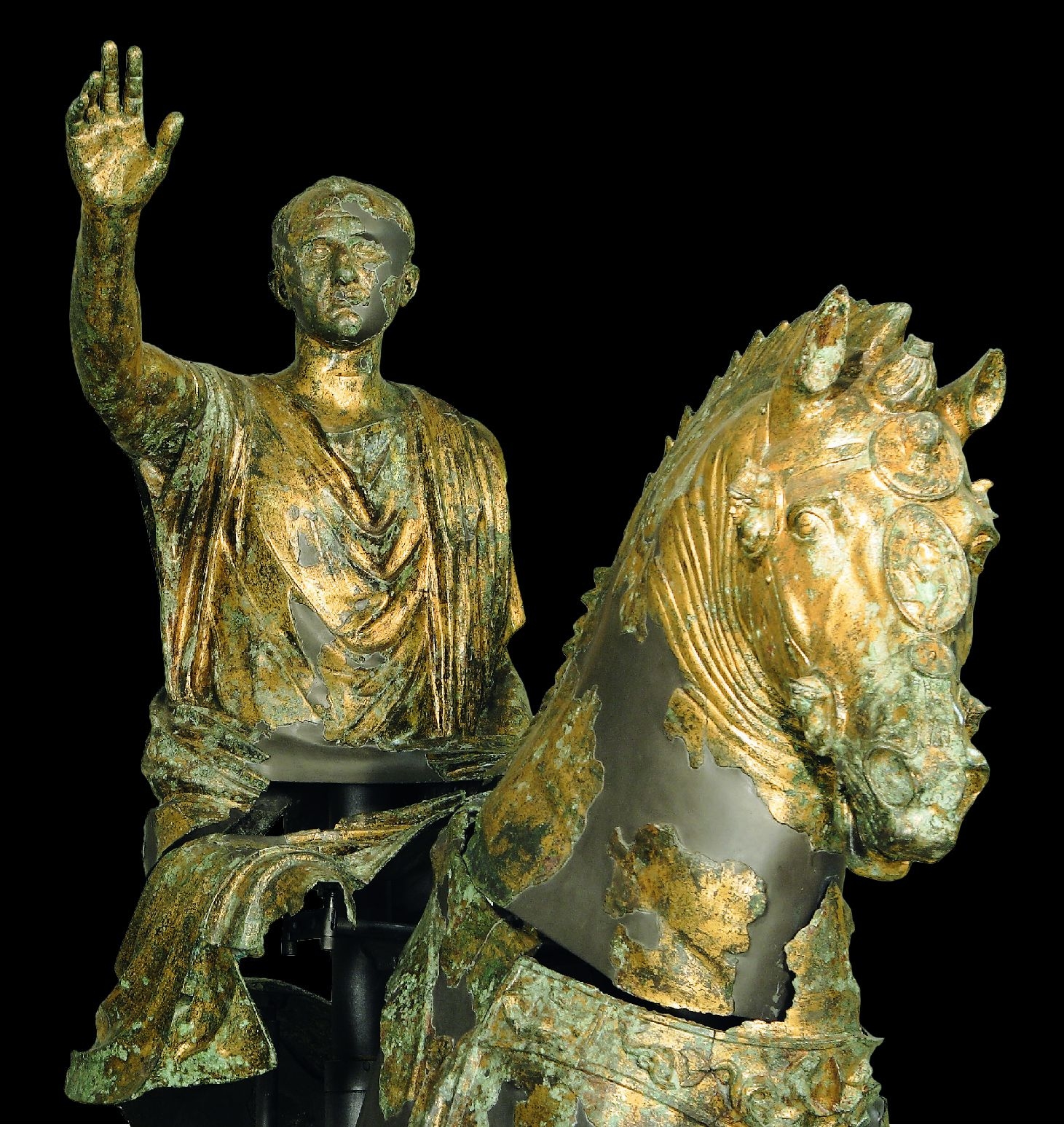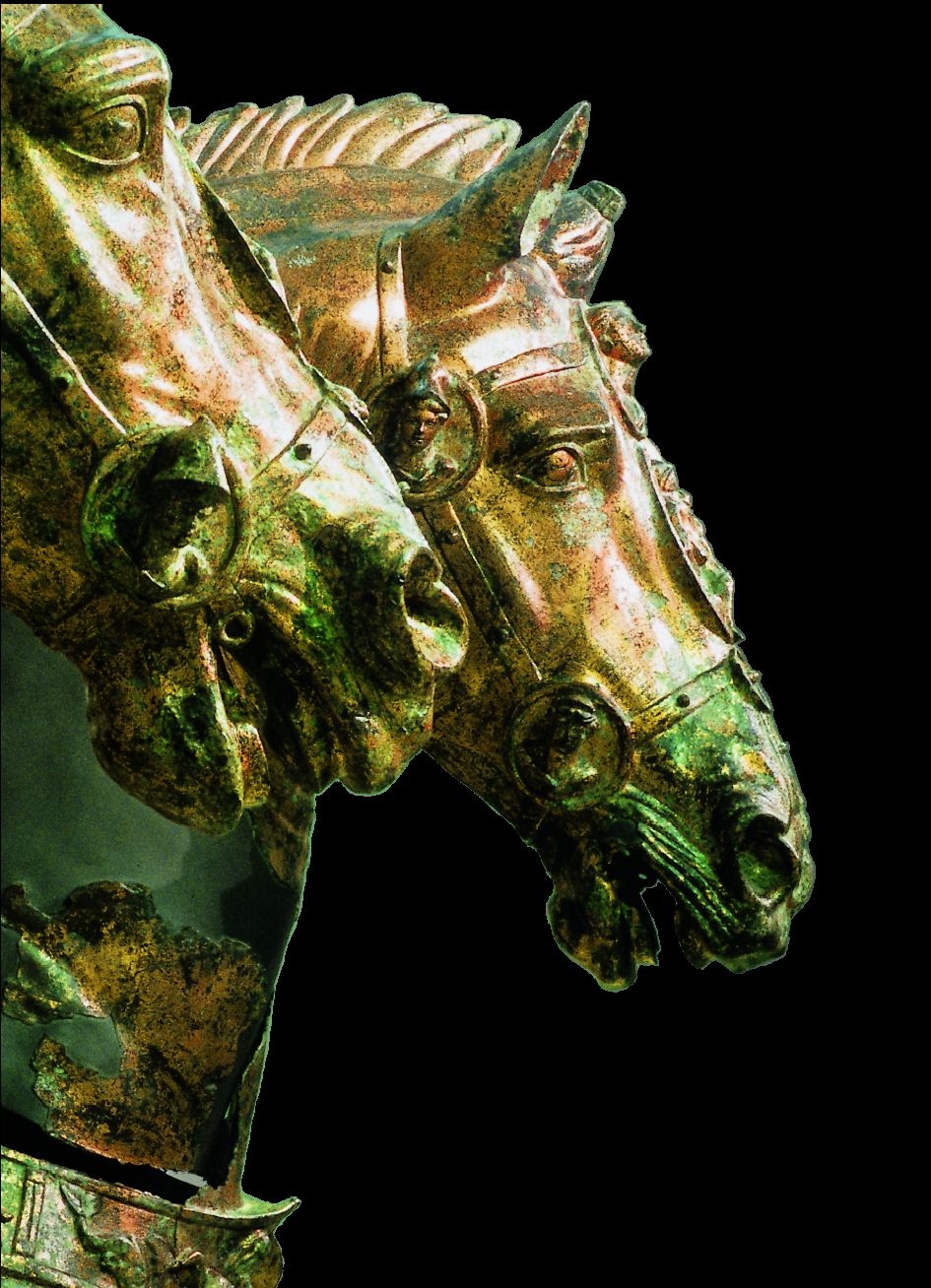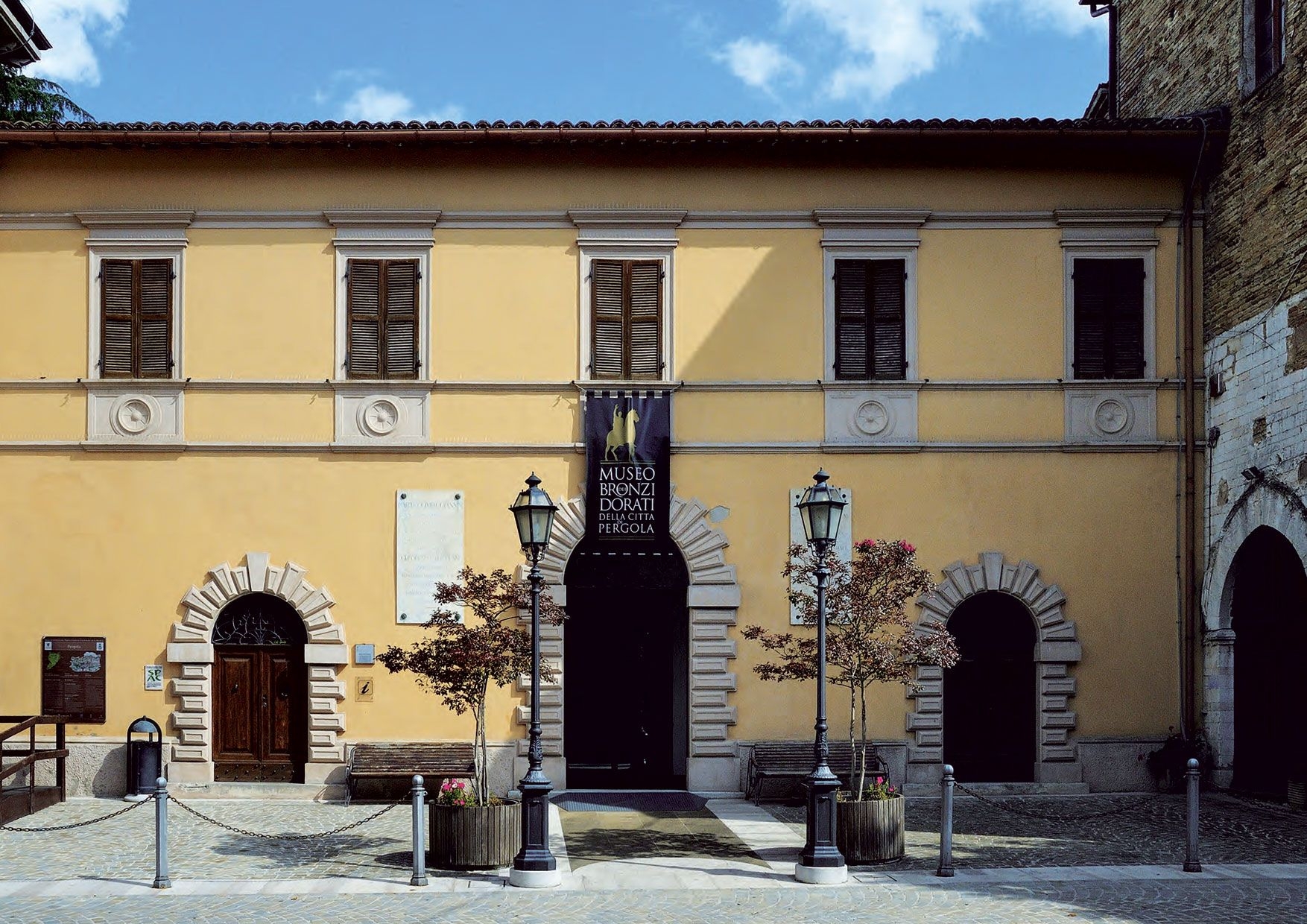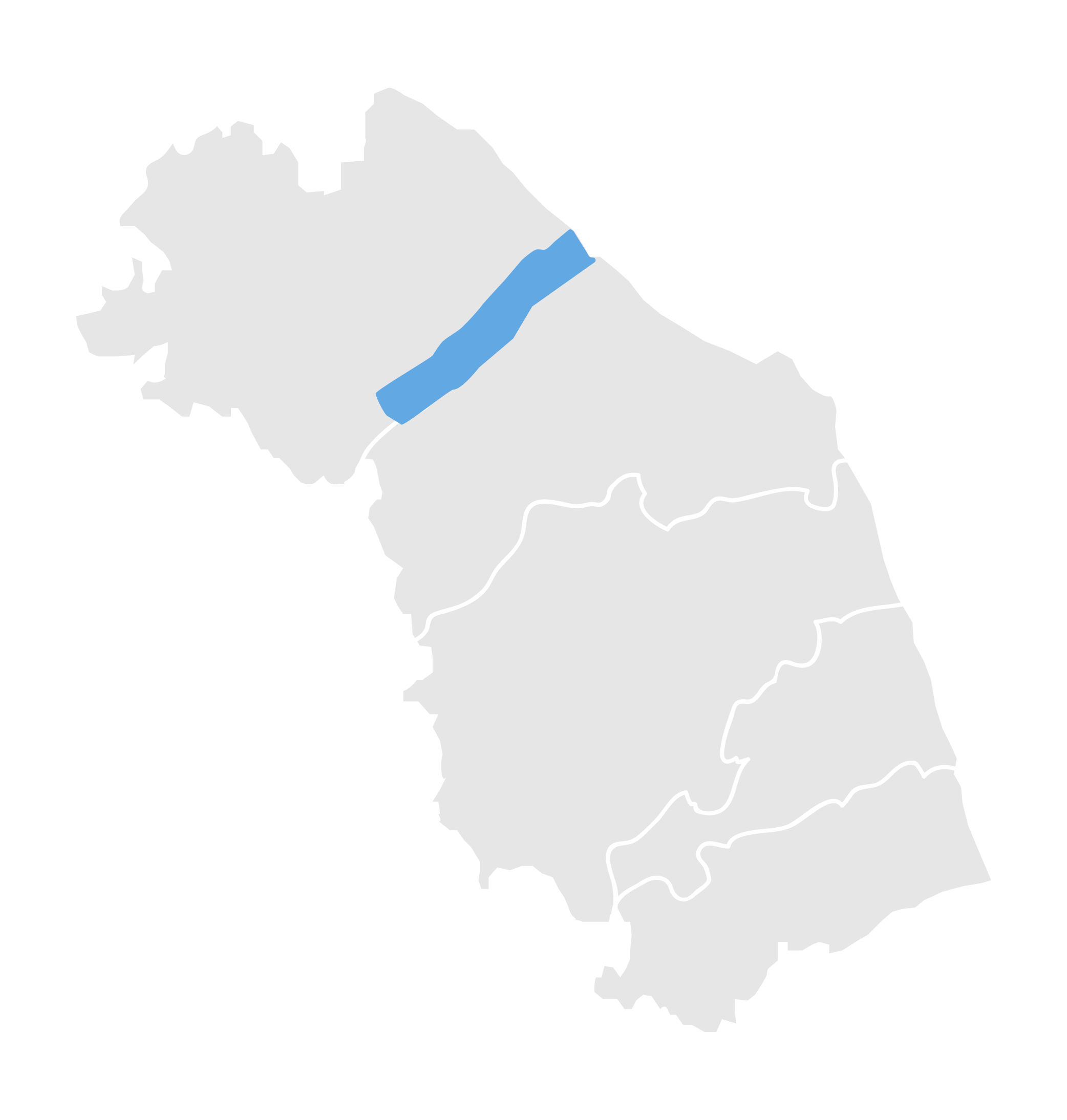
The town of Pergola, born as a free municipality in 1234 in order to develop trade with neighboring castles and to accommodate the inhabitants in search of work from the surrounding area and the city of Gubbio, rises along the valley of the Cesano in a territory frequented since prehistoric times, as evidenced by finds dating back to the Neolithic age, the Bronze Age and the Iron Age. Inhabited by Umbrian, Etruscan and Celtic peoples, in the Roman age there developed a more systematic exploitation of the territory, probably thanks to the passage through Montesecco of a branch of the Via Flaminia, which connected Suasa to Sentinum. Inside the fourteenth-century former convent of the Augustinians, attached to the former church of Saint Giacomo, is the Museum of the Gilt Bronzes and of the city of Pergola. The museum is set up around the cloister in three sections: the first is dedicated to the art gallery, with prints, drawings, paintings and wooden sculptures; the second is dedicated to numismatics, where one can admire coins minted by the Mint of Pergola, active from the end of the eighteenth century; and finally the third section housing the archaeological collection. In this section one can admire the polychrome mosaic rich in geometric patterns of the 4th-5th centuries AD found in a domus in the locality of Montesecco, where the branch of the Flaminia consular road passed, the funerary stele dedicated to a Praetorian, and the funerary objects from tombs discovered in Ravaglie, immediatley outside of Pergola, dating between the 2nd c. BC and 3rd c. AD, which yielded plates and bowls in vernice nera (black gloss) and glassware. Of great importance and inestimable value are the famous Gilt Bronzes of Cartoceto, the only surviving Roman era gilt bronzes in the world. Found in S. Lucia di Calamello, the group consists of four statues, partially preserved, depicting two veiled women standing and two male figures, dressed in armor, on horseback. While there are numerous theories for the identification of the depicted personalities, the most probable one to date views the sculptural group as the representation of members of a prominent family of the local community.
We have found no place to eat in the vicinity
We have found no place to sleep in the vicinity
Da sempre luogo di incontro di varie culture, l’Ager Gallicus è il territorio marchigiano compreso tra l’Esino e il confine settentrionale della regione, così denominato dai romani in quanto occupato sin dalla fine del IV sec. a.C. dalla tribù celtica dei Galli Senoni. In questo contesto nel 295 a.C. si consumò una delle battaglie fondamentali della storia romana, avvenuta a Sentinum, che ha determinato le sorti dell’occupazione romana fino alla costa adriatica. Attraverso i siti e i Musei Archeologici di questi territorio verrete a contatto con le diverse civiltà che vi hanno convissuto intrecciando stretti legami culturali e mercantili.
Da sempre luogo di incontro di varie culture, l’Ager Gallicus è il territorio marchigiano compreso tra l’Esino e il confine settentrionale della regione, così denominato dai romani in quanto occupato sin dalla fine del IV sec. a.C. dalla tribù celtica dei Galli Senoni. In questo contesto nel 295 a.C. si consumò una delle battaglie fondamentali della storia romana, avvenuta a Sentinum, che ha determinato le sorti dell’occupazione romana fino alla costa adriatica. Attraverso i siti e i Musei Archeologici di questi territorio verrete a contatto con le diverse civiltà che vi hanno convissuto intrecciando stretti legami culturali e mercantili.

|
Address | L.go S.Giacomo 2 Pergola |

|
Phone Number | 0721734090 |

|
Opening Time | Gennaio Febbraio Marzo Aprile Maggio Giugno Settembre Ottobre Novembre Dicembre Mattino 10.00 - 12.30 Pomeriggio 15.30 - 18.30 (lunedì chiuso) |

|
Visit Time | 1 ora |

|
Entrance Fee | intero: 6 € ridotto: 5 € (per gruppi, anziani +65, soci coop, soci touring) scolaresche e gruppi accompagnati guide turistiche provincia PU: 4 € visita museo + attività didattica: 5 € bambini-ragazzi 6-11 anni: 3 € bambini sotto 6 anni: gratuito biglietto gratuito per invalidi civili sup. 2/3, grand |

|
Reservation Required | Gradita prenotazione per gruppi |

|
Viabilities | Flamia |

|
Bookshop | si |

|
Free Guided Tour | no |

|
Guided Tour | Su prenotazione CRISTINA STEFANI 347.9782936 ENRICA CORSINI 347.8962484 DANIELA ROSSI 333.3886193 ELENA BACCHIELLI 333.2411068 PAOLO PERUGINI 349.7124674 |

|
Parking | Sì, gratuito |

|
Disabled Accessibility | si |

|
Audioguide | no |

|
Didactic Rooms | no |

|
Conference room | si |

|
English language | si |

|
Public Transport | no |

|
Family Services | Si organizzano degustazioni di prodotti tipici del nostro territorio su prenotazione |
